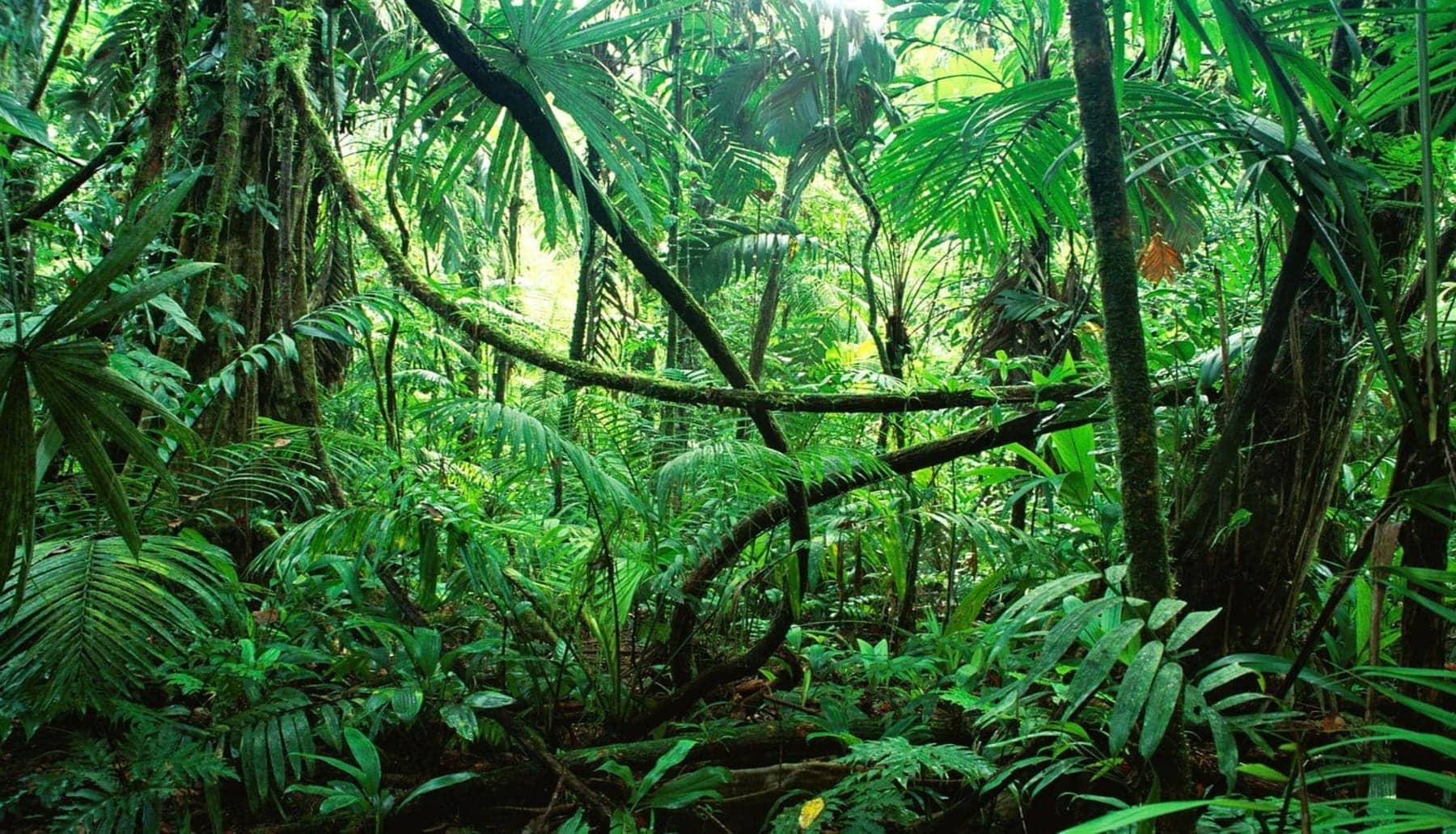During the past year, the rhythm of loss of primary tropical forests was twice as registered in 2023 due mainly to forest fires that ravaged these natural spaces. It is the first time that these flames advance to the agriculture as the first cause of the destruction of these tropical vengeles.
About 7 million hectares of virgin dough They were the ones that were destroyed during the past year with fireworks that, in most occasions, were caused by human action and activities related to agriculture.
To this is added, and that nothing helps, the high temperatures recorded in which it is considered as the warmest year in history; The past 2024.
The loss of primary tropical forests increased by the fires of 2024
Eighteen soccer fields per minute: at that rhythm the loss of primary tropical forests grew for 2024, the year in which 6.7 million hectares of those virgin masses were destroyed, almost double that in 2023, mainly because of the fires.
For the first time, the fires replaced agriculture as the first reason for the destruction of primary tropical forests by being responsible for 50 % of the devastated surface, according to data from the Global Forest Watch (GFW) platform collected in its report on 2024.
Most fires, according to GFW, were caused by human action and agriculture -related activities. The temperatures recorded during the warmest year in history contributed to the “catastrophic” effect of fires.
He Increased forest loss It was not limited to the tropics: the world experienced a 5% increase in the loss of tree cover compared to 2023, which It is equivalent to 30 million hectares, the size of Italy.
The greatest loss of tropical forests was in the Amazon
The country with the largest tropical forest surface, Brazil, It was also in 2024 that lost more forest mass, 42 % of that registered throughout the planet. The drought, the most severe of the last seven decades, aggravated the consequences of the fires, responsible for 66 % of the destruction.
Another cause of the loss of primary forest was large -scale agriculture related to soybean and livestockalthough the percentage attributable to it (13 %) “remains inferior to the peaks observed in the early 2000s and in the Bolsonaro era,” says the report.
The Amazon “experienced its greatest loss of tree cover since 2016”, while the Pantanal, the largest wetland in the world, “suffered the highest percentage of loss of tree cover in the country.”
According to Mariana Oliveira, director of the Forest and Use of the Land of the Institute of World Resources in Brazil, “without a sustained investment in community fire prevention, A stricter application of the law and an approach to the sustainable use of the Earth, the achievements are at risk of getting lost ».
Forest destruction in Bolivia is triggered
Bolivia exceeded in 2024 the Democratic Republic of Congo as the second country with the greatest loss of primary forest, 1.5 million hectares, 200 % more. Also in this case, more than half of the loss was due to fires, often caused to clear land for soybeans, cattle and sugar cane.
“The government policies for the promotion of agricultural expansion aggravated the problem,” says GFW. In Colombia, however, fires were not the main reason for the destruction of this type of forests, which increased 50 %. The report refers to “the instability derived from the rupture of peace conversations” and mentions as causes “illegal mining and coca production.”
The Democratic Republic of Congo (RDC) and the Republic of Congo (RDC) also registered the highest levels of primary forest loss ever registered. The hot and dry fires and conditions, in the first case, and poverty, the dependence of the forests to obtain food and energy and the ongoing conflict, in the second, are behind that record, maintains the document.
The 2024 data show “signs of progress” in Southeast Asia: Indonesia reduced 11 % loss and Malaysia registered a 13 % decrease.
Beyond the tropics, the increase in destruction was partly due to the fires in Canada and Russia: for the first time since GFW elaborates records, large fires occurred both in the tropics and in the boreal forests.
Finally, this analysis recalls that leaders of More than 140 countries signed Glasgow’s statement in 2021 and pledged to stop the loss of forests by 2030. “But we are alarmingly far from fulfilling this commitment: of the 20 countries with the highest primary forest surface, 17 today have a greater loss than when the agreement was signed.” EFE / ECOTICIAS.com

